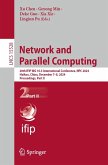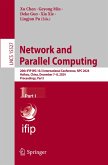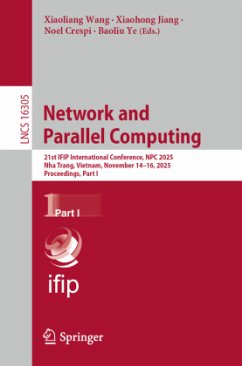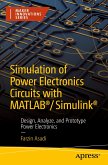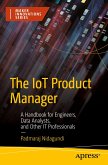This open access book discusses slow electronics , the study of devices processing signals with low frequencies. Computers have the remarkable ability to process data at high speeds, but they encounter difficulties when handling signals with low frequencies of less than ~100Hz. They unexpectedly require a substantial amount of energy. This poses a challenge for such as biomedical wearables and environmental monitors that need real-time processing of slow signals, especially in energy-limited 'edge environments with small batteries.
One possible solution to this issue is event-driven processing, which entails the use of non-volatile memory to read/write data and parameters every time a slow (sporadic) signal is detected. However, this approach is highly energy-consuming and unsuitable for the edge environments. To address this challenge, the authors propose slow electronics by developing electronic devices and systems that can process low-frequency signals more efficiently. The biological brain is an excellent example of the slow electronics, as it processes low-frequency signals in real time with exceptional energy efficiency. The authors have employed reservoir computing with a spiking neural network (SNN) to simulate the learning and inference of the brain.
The integration of slow electronics with SNN reservoir computing allows for real-time data processing in edge environments without an internet connection. This will reveal the determinism or periodicity behind unconscious behaviours and habits that have been difficult to explore due to privacy barriers thus far. Moreover, it may provide a more profound understanding of a craftsman's skills, which they may not even be aware of.
This book emphasises the most recent concepts and technological developments in slow electronics. Discussion on the captivating subject of slow electronics are given by delving into the complexities of reservoir calculation, analogue CMOS circuits, artificial neuromorphic devices, and numerical simulation with extended time constants, paving the way for more people-friendly devices in the future.
One possible solution to this issue is event-driven processing, which entails the use of non-volatile memory to read/write data and parameters every time a slow (sporadic) signal is detected. However, this approach is highly energy-consuming and unsuitable for the edge environments. To address this challenge, the authors propose slow electronics by developing electronic devices and systems that can process low-frequency signals more efficiently. The biological brain is an excellent example of the slow electronics, as it processes low-frequency signals in real time with exceptional energy efficiency. The authors have employed reservoir computing with a spiking neural network (SNN) to simulate the learning and inference of the brain.
The integration of slow electronics with SNN reservoir computing allows for real-time data processing in edge environments without an internet connection. This will reveal the determinism or periodicity behind unconscious behaviours and habits that have been difficult to explore due to privacy barriers thus far. Moreover, it may provide a more profound understanding of a craftsman's skills, which they may not even be aware of.
This book emphasises the most recent concepts and technological developments in slow electronics. Discussion on the captivating subject of slow electronics are given by delving into the complexities of reservoir calculation, analogue CMOS circuits, artificial neuromorphic devices, and numerical simulation with extended time constants, paving the way for more people-friendly devices in the future.


